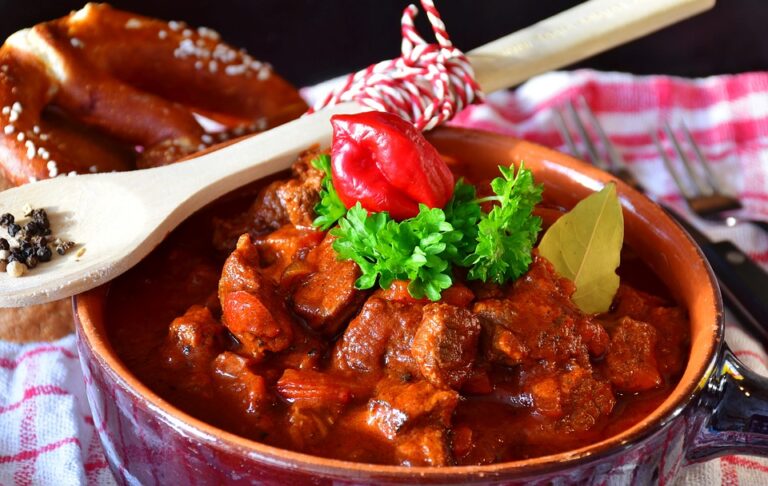Introduction: The history of Turkish and Hungarian cultures
Turkey and Hungary have a long and intertwined history, dating back to the Ottoman Empire’s expansion into Europe during the 16th and 17th centuries. Hungary was part of the Ottoman Empire for over 150 years, and during this time, the two cultures intermingled and influenced each other in various ways. While many aspects of Turkish and Hungarian culture differ, there are also many similarities, particularly when it comes to food.
Hungary’s location in the heart of Europe has made it a melting pot of various culinary traditions, including Turkish cuisine. Today, it’s not uncommon to find dishes in Hungarian restaurants that have roots in Turkish cooking. In this article, we’ll explore the culinary connections between Turkey and Hungary, with a specific focus on how Turkish cuisine has influenced Hungarian cooking.
The Ottoman Empire’s impact on Hungarian cuisine
The Ottoman Empire’s impact on Hungarian cuisine cannot be overstated. During the empire’s reign, Turkish cuisine became an integral part of Hungarian cooking, and many dishes that are now considered Hungarian have their roots in Turkish cuisine. For example, the famous Hungarian goulash is believed to have been inspired by a Turkish dish called güveç, which is a slow-cooked stew made with meat, vegetables, and spices.
The Ottomans also introduced many new ingredients to Hungary, including paprika, which is now one of the country’s most iconic ingredients. The Ottomans were also known for their sweets and pastries, and many of these desserts have become a beloved part of Hungarian cuisine. For example, the Hungarian kürtőskalács (chimney cake) is believed to have been inspired by a Turkish pastry called künefe.

